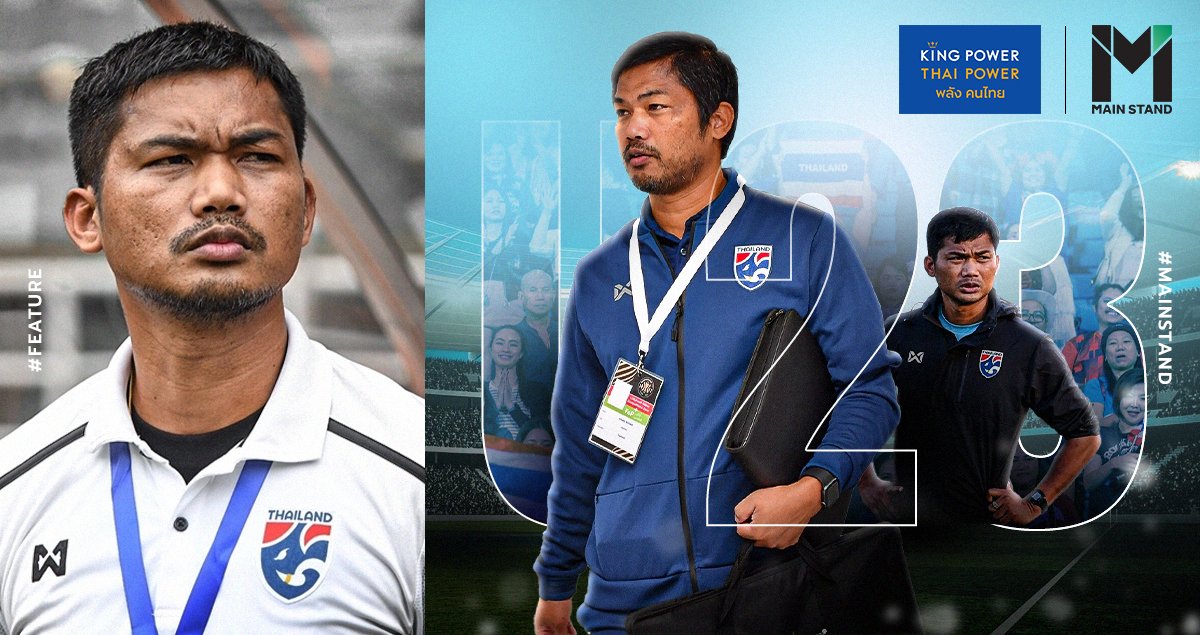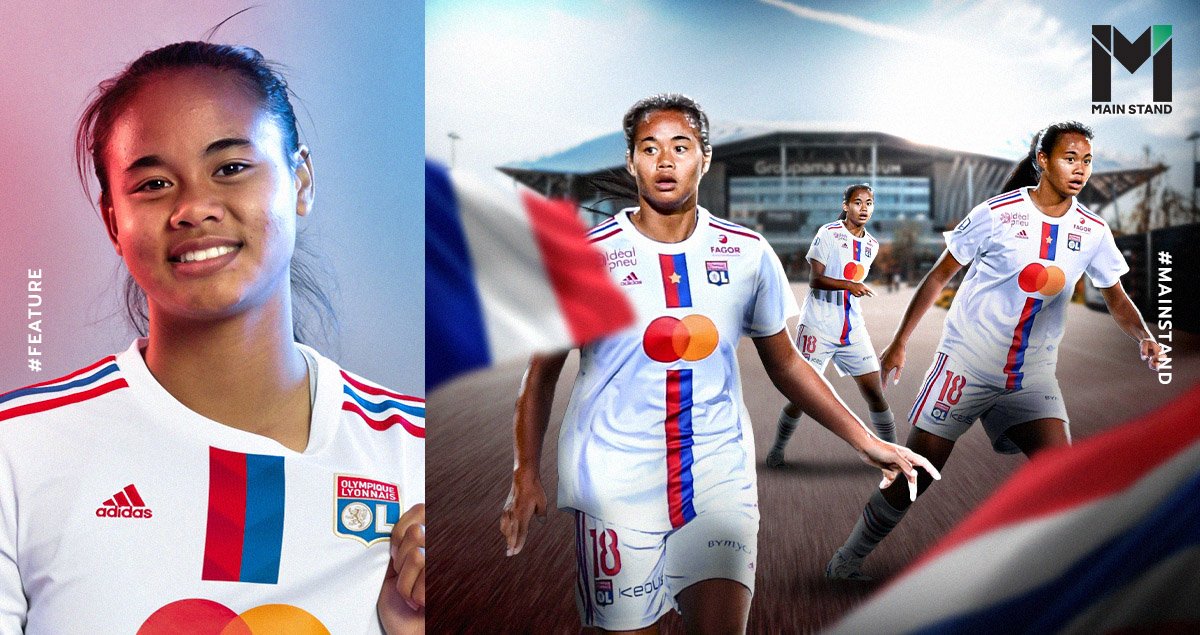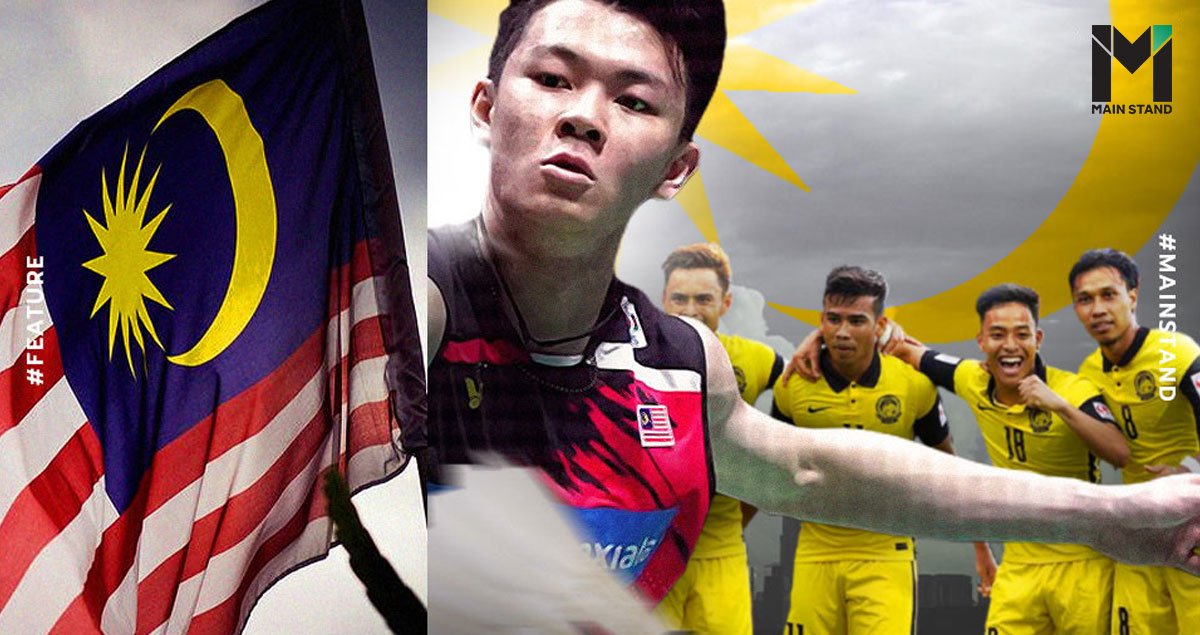
Malaysia is a multicultural country with a multi-ethnic population. These divisions are visible in many areas of society, including sports. Generally, people of Chinese-Malay descent are more likely to gravitate toward indoor sports such as badminton, while Ethnic Malays are known to prefer football.
Why do sports in Malaysia fall along these ethnic divisions, and how does it reflect society as a whole? Follow along with Main Stand to find out more.
Malaysia's ethnic divisions
As a country with a long history of trade and travel, Malaysia is a diverse, multi-ethnic, and multicultural society. More than half the population are considered ‘Ethnic Malay,’ while the rest are Chinese-Malaysian, Indian-Malaysian, and other minorities.
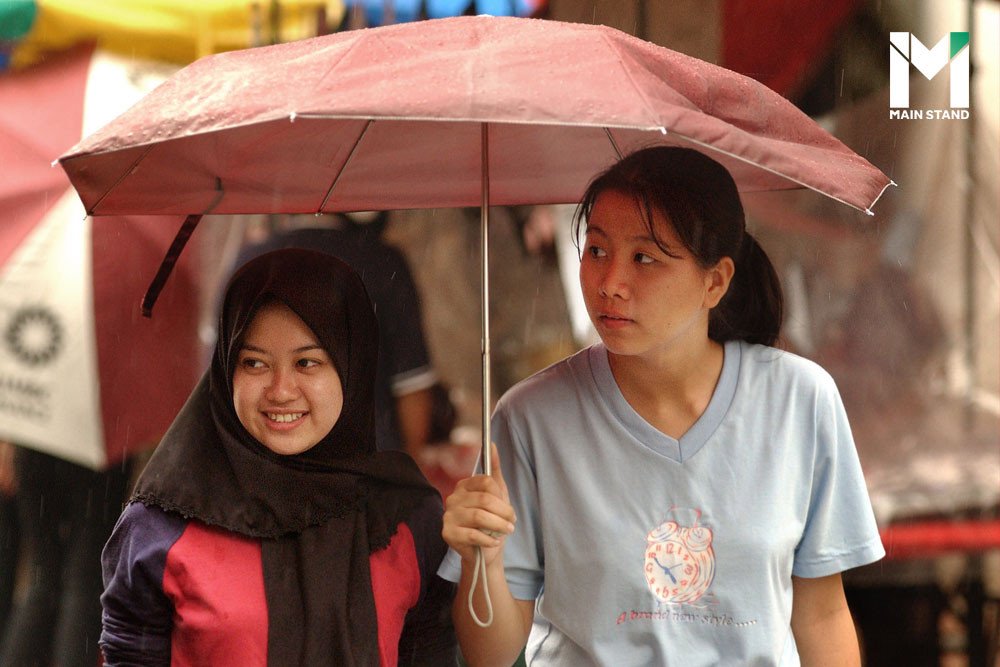
Similar to Thailand, the growth of the local business was primarily driven by Chinese-Malaysians who migrated to the country around the early 19th and mid-20th centuries. They make up about 22.4% of the population, maintaining a driving role in the economy. On the other hand, ethnic Malays remain the most active in local politics, leading to tensions along ethnic lines.
Ethnic Malays and Chinese-Malaysians, unfortunately, live in different worlds. Even things like schools, which should work to harmonize people, didn’t succeed in bringing people together. Primary schools in Malaysia were previously separated into two types: national primary schools taught in Malay, and local schools, which led in Chinese and Tamil.
This long-term separation resulted in ethnic tensions and even occasionally even open conflict. The biggest crisis occurred in the mid-1960s when Malaysia was granted independence from the British empire and political power returned to Malaysia. Local people were dissatisfied with the wealth of Chinese Malaysians due to their dominance in many businesses and closeness to the colonists.
As a result, the government instituted the "Malaysia of Malaysians" policy, which provided Ethnic Malays benefits in areas such as civil service, government institutions, scholarships, trading licenses, and land holding permits compared to other groups in the country. Furthermore, Malays also received hiring privileges, opportunities to buy land at a low cost, and business advantages.

The societal divisions which emerged from these issues are still present today. Strikingly, up to 34% of Malaysians stated that they have never eaten at a table with people of other ethnic groups.
Ethnic divisions in sports
This ethnic discord is also reflected in sports, as Chinese-Malaysians prefer indoor sports such as badminton, while ethnic Malays gravitate more towards football. Again, the reasons for this are structural and long-standing.
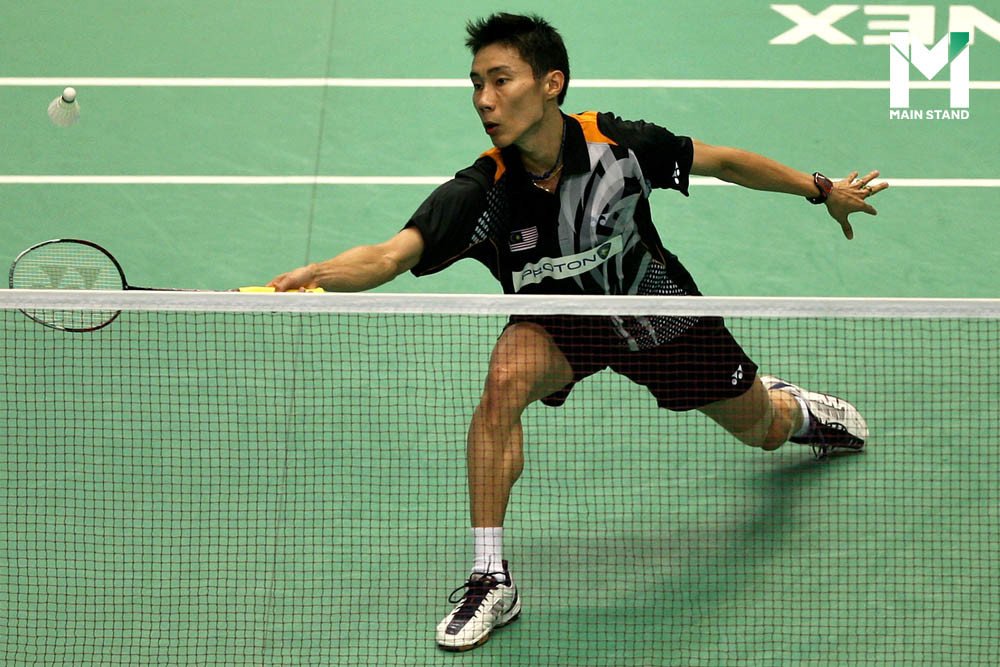
Football and badminton have been the predominant sports in Malaysia since the turn of the 20th century. The former was introduced to Malaysia back in 1905, during the colonial period. It quickly came to the forefront, becoming the country’s national sport in 1923. Similarly, the country’s legacy with badminton also goes back to the colonial period, when they won their first Thomas Cup title in 1949. This long history led to the pair becoming the nation’s biggest sporting past-times, which holds until today.
However, interest and participation in the sport remain separated on ethnic lines.
"When I was young, in the 1940s and 50s, local schools for Chinese students were often smaller than national primary schools," explained Khoo Kay Kim, a Chinese-Malaysian historian. This restricted their ability to play outdoor sports, thus leading them to adopt badminton, table tennis, and volleyball instead and to excel. Meanwhile, wealthier Chinese-Malay families often sent their own children to English schools where they could pick up some sports like cricket, hockey, or rugby.
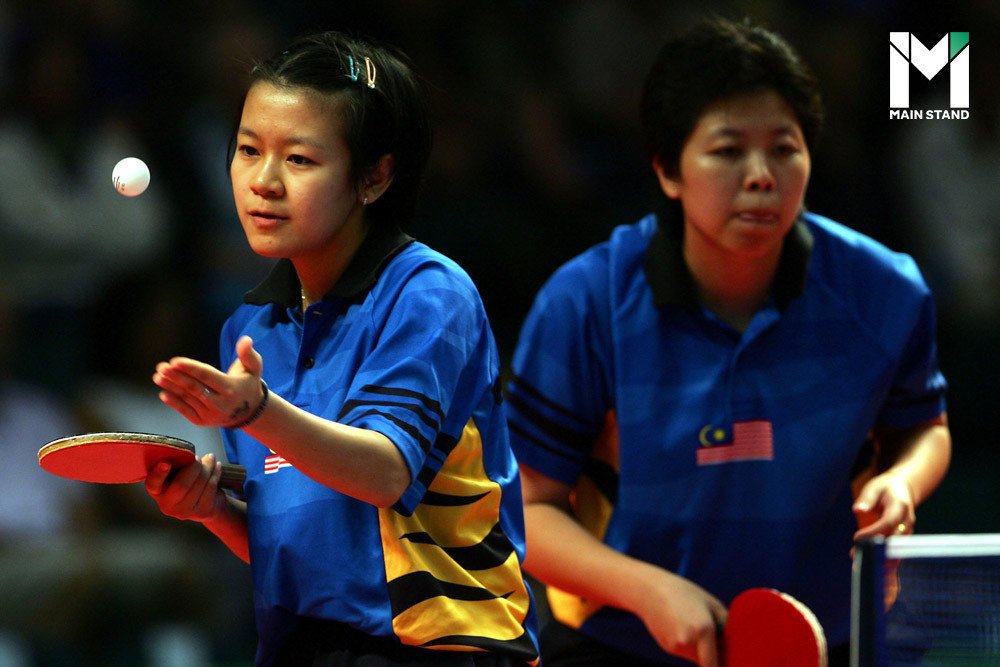
The only British sport that escaped from high-class schools and became popular among Malaysians is football. Due to his love for football, Khoo Kay Kim said he would often bike or take a bus into the cities to play, showing that the sport captured the attention of everyone in the country.
The legacy of successful athletes has also helped entrench these ethnic divides. Wong Peng Soon, a Chinese-Malaysian athlete known as "The Great Wong,” was a trailblazer in the sport. He won three Thomas Cups for Malaysia's national team, and his success made him a hero and idol in the eyes of Chinese-Malaysians, who aimed to replicate his success. Meanwhile, most ethnic Malays aspired to be like their heroes on the football pitch.
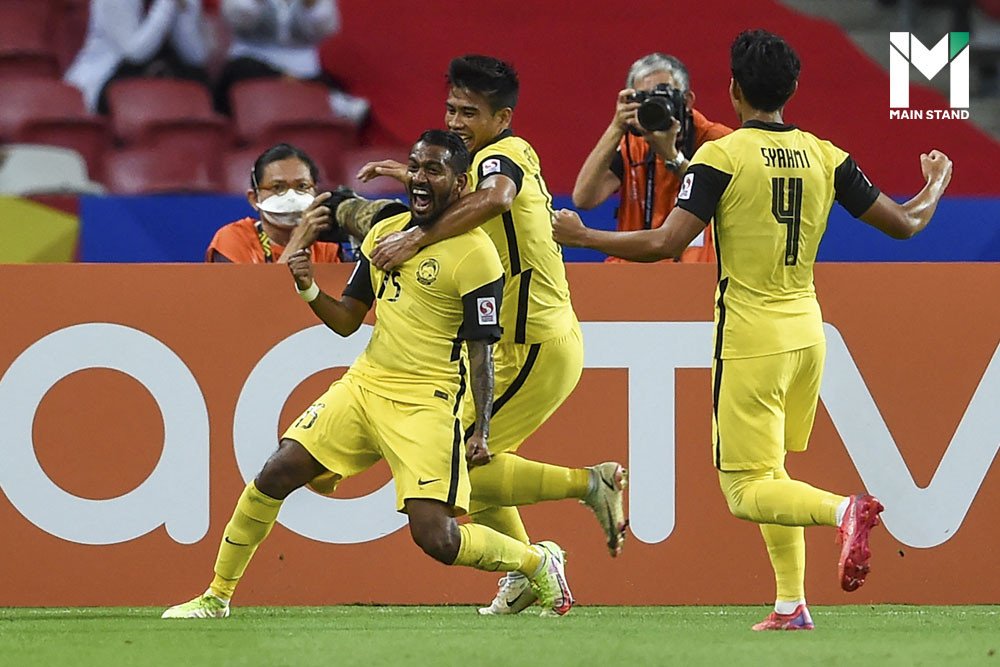
That status quo remains until this day, and the general population has shown little desire to change things. Sports should be higher on the agenda for a nation looking to go beyond its ethnic divide and unite.
Sources:
http://news.bbc.co.uk/1/hi/world/asia-pacific/7121534.stm
https://web.archive.org/web/20060324183428/http://atimes.com/atimes/Southeast_Asia/HC24Ae01.html
https://www.youtube.com/watch?v=X4ay08xj8yE&t=43s&ab_channel=GrandfatherStories





